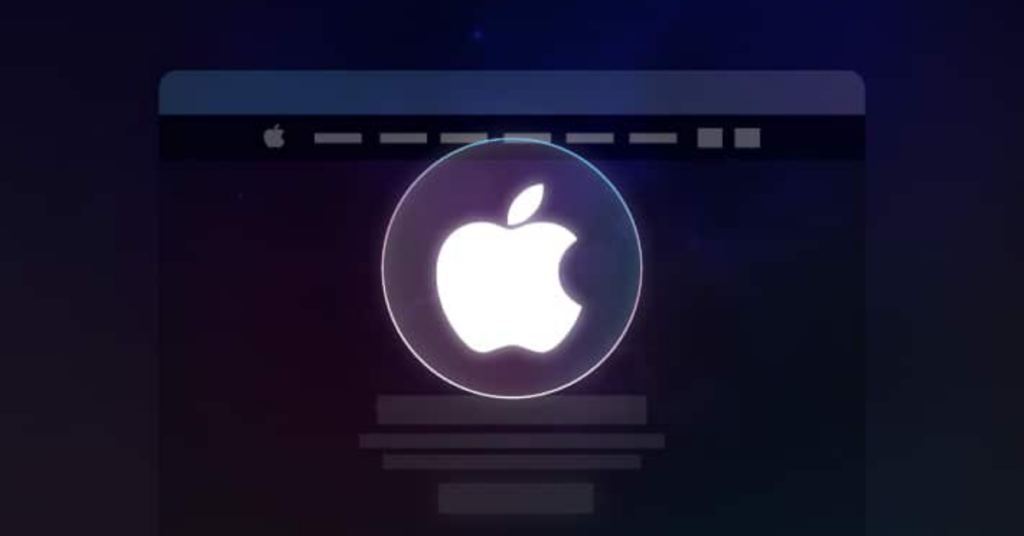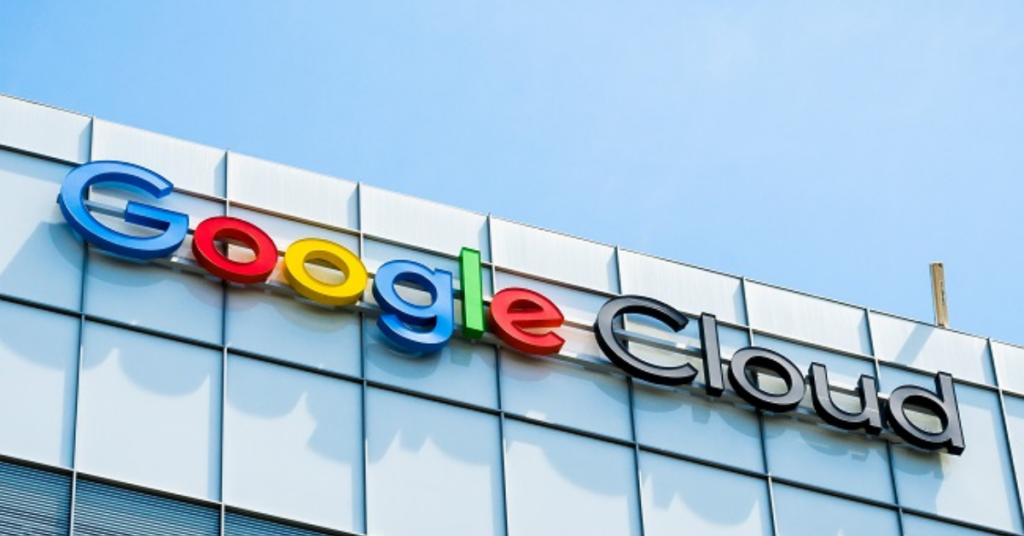The recent announcement by OpenAI regarding a text watermarking feature for ChatGPT has generated significant excitement in the dynamic world of artificial intelligence. This groundbreaking approach seeks to incorporate an invisible mark within AI-generated text, ostensibly to tackle concerns surrounding academic integrity and content authenticity. However, it is important to pause and reflect on the implications of this for businesses, especially those in the medium-sized category.
The Impact of AI Watermarking for Business
Upon initial examination, the capacity to recognize AI-generated content appears to be a valuable asset in upholding trust and credibility in business communications. It’s an impressive new addition to the arsenal against potential misuse of AI and fraudulent content generation. However, it’s important to consider if this is truly the path we want to pursue.
The fundamental concern at hand revolves around the recognition and application of AI within our organizational operations. AI should be seen as a valuable partner, rather than something to be constantly monitored and labeled as a threat. The true power of AI lies in its capacity to enhance human endeavors, allowing us to allocate our mental faculties towards more imaginative and strategic endeavors.
Reimagining AI Integration in Business Practices
Imagine this situation: You’re at the helm of a medium-sized business, managing a multitude of projects, client communications, and strategic planning. Which option is more appealing to you: investing hours in meticulously creating a comprehensive report, or utilizing AI to swiftly generate an initial draft, freeing up your time to concentrate on honing the concepts and customizing the message for your intended recipients? The latter method not only saves time but also boosts productivity and fosters creativity.
The introduction of watermarking technology, although impressive from a technological standpoint, appears to fall short in terms of effectively integrating AI into business practices. It’s like labeling every product that rolls off an assembly line as if it were made by a machine. Is it truly significant whether a meticulously crafted, educational piece of content was originally composed by AI, as long as it fulfills its intended function efficiently?
Encouraging Innovation Through the Effective Use of AI
In addition, this approach has the potential to hinder innovation. If businesses become excessively hesitant about utilizing AI for content generation out of concerns of being “discovered,” there could be a hesitancy to fully adopt these powerful tools. This reluctance could place companies at a notable disadvantage in a world that is becoming more and more reliant on AI technology.
Instead of fixating on methods to identify AI utilization, our attention should be directed towards maximizing the efficiency of AI implementation. The objective should be to establish a harmonious relationship between human ingenuity and the effectiveness of AI. Picture a scenario where artificial intelligence takes care of the laborious task of data analysis and initial drafting, while human experts refine the results, add subtle insights, and guarantee that everything aligns with the company’s objectives.
Harnessing AI for a Competitive Edge
For medium-sized businesses, this strategy has the potential to create a more balanced competition with larger rivals. AI tools offer capabilities that were previously only available to large companies with significant resources. By embracing AI as a collaborative tool, businesses can enhance their operations, improve decision-making processes, and deliver more value to their clients.
Let’s change the focus of our discussion from detecting AI use to exploring how we can effectively utilize AI to foster innovation and drive growth. This perspective will result in more effective results and assist businesses in maintaining their competitiveness in a rapidly evolving digital environment.
Embracing the Full Potential of AI
In conclusion, it is important for business leaders to consider the broader implications of OpenAI’s watermarking feature, rather than getting caught up in the hype surrounding it. The true potential lies in recognizing the utilization of AI, but in leveraging its potential to enhance human abilities. By prioritizing integration over detection, businesses can tap into higher levels of efficiency, creativity, and competitive advantage. Success lies in the ability to seamlessly combine human intuition with the power of AI – let’s make sure we’re positioned to excel in this dynamic.




